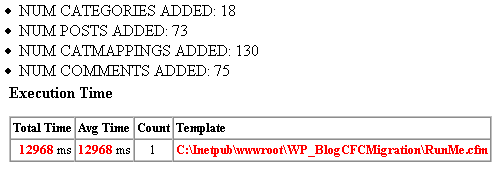Here’s a braindump of some interesting things from the past month:
Cabin Codefest
We took a trip this past week up to Munds Park, Arizona and jokingly dubbed it “Gridcon 2006.” We do want to have a conference someday for Grid7 participants but this trip was really just three nerds sharing an internet connection over Verizon EVDO working out of a cabin in the woods. We took a bunch of pics and actually did our first podcast for Grid7 from the road using my iPod. It was just an impromptu discussion amongst Kimbro, Baker and myself on things like Flex, .NET, Ruby, Ajax Apple/Microsoft and different philosophies for designing and improving software. It’s uncut and sometimes sounds like it’s being conducted underwater because I used a noise-canceling filter in Cooledit to remove the road noise, but it’s actually a decent conversation and worth scanning through – Kimbro had some interesting opinions on this stuff as always. The interesting realization for me was that Apple and Microsoft are the perfect examplars for what Clayton Christiensen calls “situational vs. attribute-based assessment” – you look at how Microsoft improves on a product and it’s all about adding features while Apple focuses more on the situations people deal with and making the problems they face simpler to solve.
Overall the trip proved that it is possible to be as productive working remotely as it is being local when you don’t have a client meeting. Phoenix is 113deg right now so the 70deg weather at the cabin was a welcome change. Here’s a pic of Baker and Kimbro nerding out in the living room:
Unfortunately it’s not as simple to setup an ad hoc wireless network on a PC as it is from a Mac. Apple makes this a trivial, one-click task but the PCMCIA slot on Baker’s Powerbook was fried so I was the only one who could share the connection from my Dell. After looking through a bunch of reference sites on how to make it work, this tutorial on the Dell site was the winning set of instructions. Once it was setup it worked beautifully (when I wasn’t having to reboot my machine). We did a lot of deep thinking on where we’re headed with Grid7 and Kimbro posed the question that now confronts us:
To move to Silicon Valley or not?
How much benefit is there if you are launching a startup to be in the epicenter of web technology development in Silicon Valley? We’re faced with some interesting “crossroads-type” decisions surrounding Syncato (the new entity that we’re forming to house all the structured blogging stuff we’re engaged with at the moment). We’re wrestling with this question now of whether or not to move- on one hand I feel like there is finally a decent rumbling of a technology community upwelling in Phoenix and I would love to be a part of making it stronger here in my hometown but bottomline it’s still lightyears away from Silicon Valley in terms of activity. So what is the value of those chance encounters at the coffee shop where you run into the right person in the tech community who can help your cause? That’s really what it comes down to. Does the value of these connections outweigh the exhorbitant cost of living there? Does the inertia of the people around you help propel your own efforts or are we assigning more importance than is realistic to “being there?” We’re also facing the question of whether or not to try and seek angel funding to be able to hire a small team and accelerate things or whether to continue on the path we’re on now of bootstrapping and working with local developers that have dayjobs and trading equity for development… it’s a tough question and we’ll be making some choices this summer that shape the way things grow. Ultimately I don’t want to ever have regrets and say “i wish i would have tried xyz…” – I would rather see us go all in and take a good run at it and if that means moving to the Bay area or Palo Alto then so be it.
Mexico Property
Benny and I signed the docs and put the downpayment on our condo we bought in Playa del Carmen and we’re stoked. I was able to scratch off another one of my lifetime goals of owning property in Mexico which is cool. I’ve been corresponding a lot with our realtor and lawyer down there- communications with the realtor are informal but I’ve tried to maintain a level of formality in the spanish prose I use with the lawyer. Typing spanish characters is a PITA on an english keyboard. I was using a technique where i would pop open the character map in windows (Start > Programs > Accessories > System Tools > Character Map) and copy the special characters to my google toolbar in the browser and use that as a scratch pad to be able to easily drag the ones I needed into the document but I found this site which makes authoring Spanish content even easier. It’s a web-based utility for inserting those weird characters without doing the alt-1234 ASCII code method or having to fire up the character map in Windows.
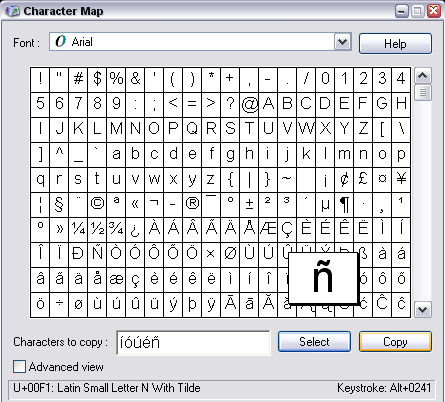
The “ABC’s” of diplomacy
Being “diplomatic” has never been a strong suit of mine- I tend to be too blunt with clients instead of toning down my comments (Dale Carnegie’s advice just never really sank in). It’s something I think people appreciate once they get to know you but it’s a bad habit when dealing with people for the first time. The ABC project has been 95% complete now for the past month held up only by an annoying Sybase error I get when sending the final of eight consecutive emulated browser requests for interacting with this legacy system. We finally got the right people on a conference call to solve the issue and it turns out there is in fact an XML-based option for exchanging data with their system. I’ve spent probably 150hrs in all coding up this screenscraping method for emulating a person interacting with their system. There was so much involved in defeating the countermeasures they had in place to prevent this that it’s a shame to just scrap this code (the XML method will take all of about one day to implement once I have schema from them). I will most likely just release the code for what I’ve done into the public domain so that maybe it helps provide a jumpstart for others that need to do heavy-duty screenscraping type emulation in Coldfusion. I need to check with ABC first before I release the code, however.
Needless to say I was pretty annoyed that I had done all this work on a fixed-bid project to create this system. I had asked originally if such an API existed and was told repeatedly that it did not (meeting audio recorded and everything). The guy on the call who is on tape denying the existence of an API had the nerve to claim on the conference call that he had made that option clear and I insisted on traveling down the screenscraping path….riiiiight. I had to bite my lip and refrain from using expletives on the call. The dude was clearly trying to save face in front of his superiors and ultimately I just don’t care that much about it- I just want their stuff to work. Pretty lame though, reminds me why I’m not in a big company anymore.
Self-improvement programs
For whatever reason I’ve found myself on a kick lately of doing various self-improvement programs. Here are a few I’ve tried, some good and some not-so-good:
- Total M oney Makeover by Dave Ramsey- I’m halfway through it now- it’s a little cheesy and I can see how it would be valuable for people facing a lot of debt but it’s not as relevant to my situation. I need to focus more on how to command more consulting dollars. I have a few books on consulting that look promising and will hopefully help on that front. I’ll report back if there are any are must-reads.
- Wealth without a Job by Phil Laut and Andy Fuehl – I’m sorry but I went to this seminar in Phoenix because my buddy Josh recommended it and I’m sure there’s some value in their program but I couldn’t handle their presentation style. There was zero connection with the audience and it was presented in a near “gameshow host” flavor with little substance during the portion I attended. I was interested in the idea they proposed that we develop negative mental patterns early on towards money and these unconsciously inhibit our earning potential later in life but I just did not get this at all from the part of the seminar I attended. I ended up walking out at lunch the first day.
- Breakthrough Rapid Reading by Peter Kump – I need to run through this again and get back into it but I did this program awhile back and was able to break the “subvocalization” habit and increase my reading speed from 250WPM to 750WPM with better retention and recall. I believe this book should be a part of every highschool curriculum. The premise is that we all learn to read and we grow up essentially speaking the words we read under our breath. As you’re reading this paragraph now, ask yourself if you’re just saying the words to yourself in your head. If you can train yourself to break this habit, you can ingest the words much faster and assimilate information as fast as you can see it. The other effect you can nullify in doing this is the “braindead factor.” If you’ve ever found yourself reading the same paragraph over and over and not remembering anything you just read, then you’ve experienced this. How great would it be to have the same immersive reading experience you get when lost in a thrilling novel only to be that immersed in reading work-related stuff? I believe reading is one of those core skills (like the “abdominals” of the mental muscle groups) that makes sense to focus on and can provide a huge advantage in daily life if we expend the energy to strengthen
- Body for Life by Bill Phillips – This is a great all-encompassing program to get back in physical shape. It has both nutritional advice, workout routine recommendations and the inspirational component to get you to actually use the techniques. Like anything else, it’s ultimately the execution that matters. I did it 2yrs ago and lost 8% bodyfat and got back into single-digits. This is another one I’ve just started reading again- it’s a 3month program so results won’t occur for me this summer but it’s never too late to take up his program and get to where you need to be.
- Getting Things Done by David Allen – I did the abridged audio book a few months back. Like 37s, this guy has a near-religious following of people that have adopted his techniques of coping with their daily todo’s and info overload. For me it mostly validated my current system of how I triage tasks and stay on top of things. I don’t acutally use his orthodox system with the tickler file and inbox but terms like “open loops” and “mind like water” are good concepts to understand and you really do feel more productive and less stressed once you get eveything out of your head and into a trusted system. BTW, check out the Peaceful Warrior movie if you’re looking for a good film in the theaters right now. I read the book a couple years ago and the movie was very true to the book – it echoes some of the same advice as David Allen – “take out the trash Dan…”
- Secrets of Power Negotiating by Roger Dawson – I did the 7-disc audio series on the way to work and there was some great advice for how to become a better negotiator. Oh and Mexico is the perfect proving ground for trying out these techniques. There are too many to summarize but basically if you’re buying or selling anything more than a few hundred bucks in the near future, you’ll make back your investment immediately by purchasing this audio set.
So that’s a hodge-podge of the stuff I’ve been involved with. I’ve also been running through the tutorials in the Agile Rails book (which is excellent btw). I’m a bit torn though because I’m way more productive right now with Coldfusion. Learning RoR is strategically the right move given that this is our technology platform for all the Syncato and BloQs stuff moving forward but it will be crippling for awhile until I become more proficient with RoR. But it is the right move and I do understand that sometimes you gotta walk down the hill to get up to the next higher peak on the other side of the valley. My role will shift with Grid7 at some point but for now I have to put on my chef’s hat and help cook up some of the code for our stuff. Look for a code release here later this month once I get the okay from ABC to publish all the screenscraping functions I wrote that we won’t be using anymore.
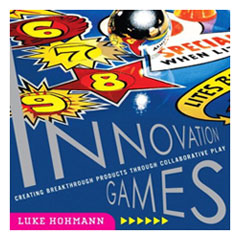 Six months ago I was contacted by the publisher Addison-Wesley and invited to review a manuscript for a book called Innovation Games by Luke Hohmann. I just noticed they’re now accepting pre-orders on Amazon. While I’m still bound by the the review agreement and restricted from discussing particulars of the book, I can give a general overview and say that this will be an important work for anyone who strives to elicit the purest feedback and forward-thinking suggestions on the development of a product/service. First let’s look at the problem Luke is addressing.
Six months ago I was contacted by the publisher Addison-Wesley and invited to review a manuscript for a book called Innovation Games by Luke Hohmann. I just noticed they’re now accepting pre-orders on Amazon. While I’m still bound by the the review agreement and restricted from discussing particulars of the book, I can give a general overview and say that this will be an important work for anyone who strives to elicit the purest feedback and forward-thinking suggestions on the development of a product/service. First let’s look at the problem Luke is addressing.
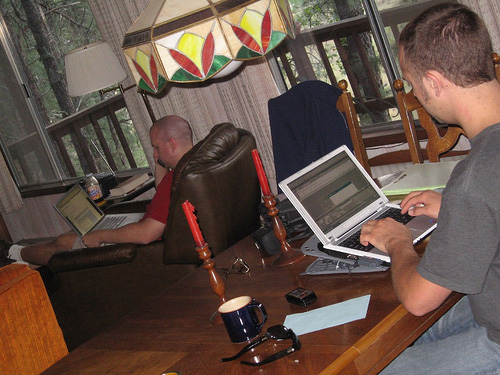

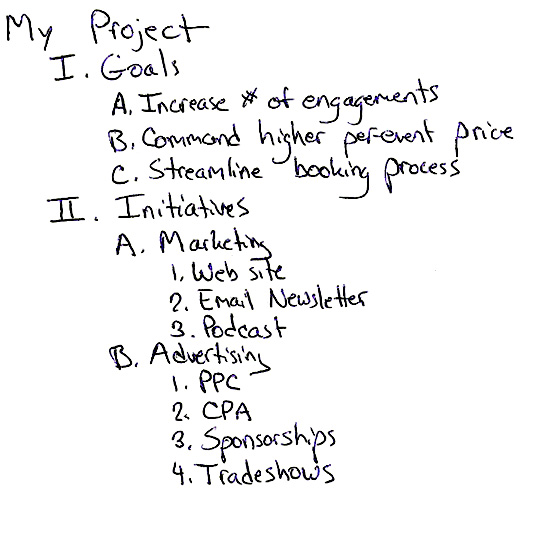
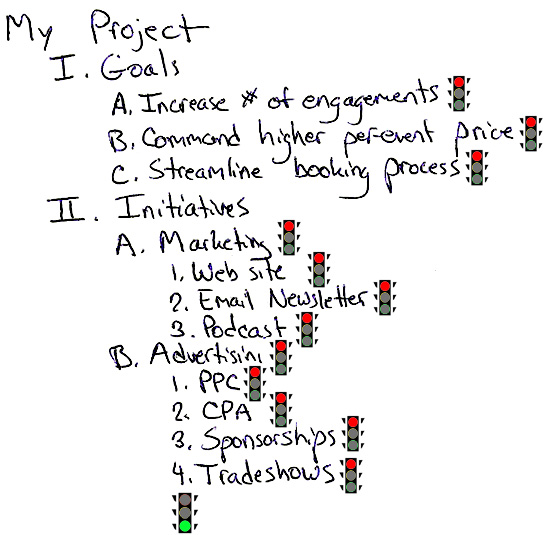
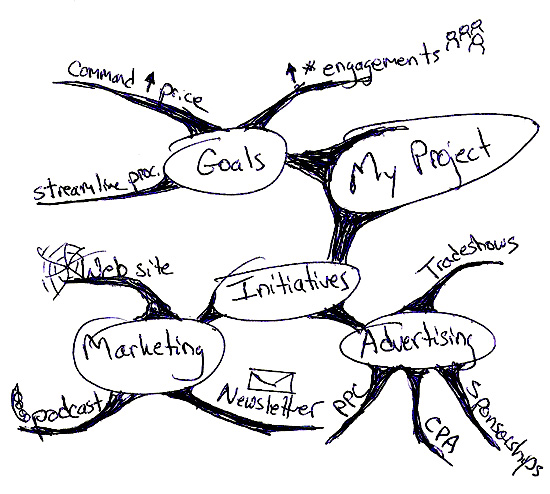
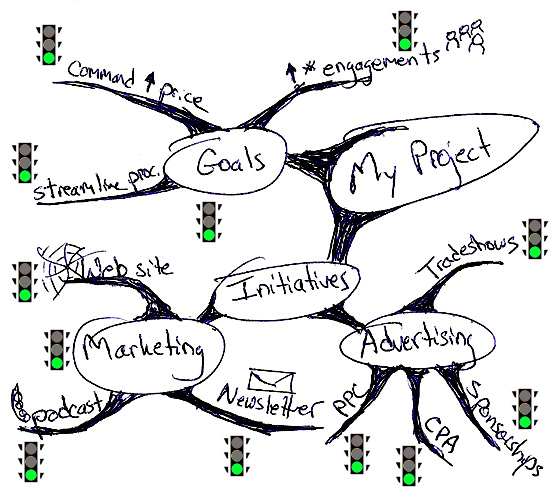
 I looked around for a migration script to port my blog from
I looked around for a migration script to port my blog from 